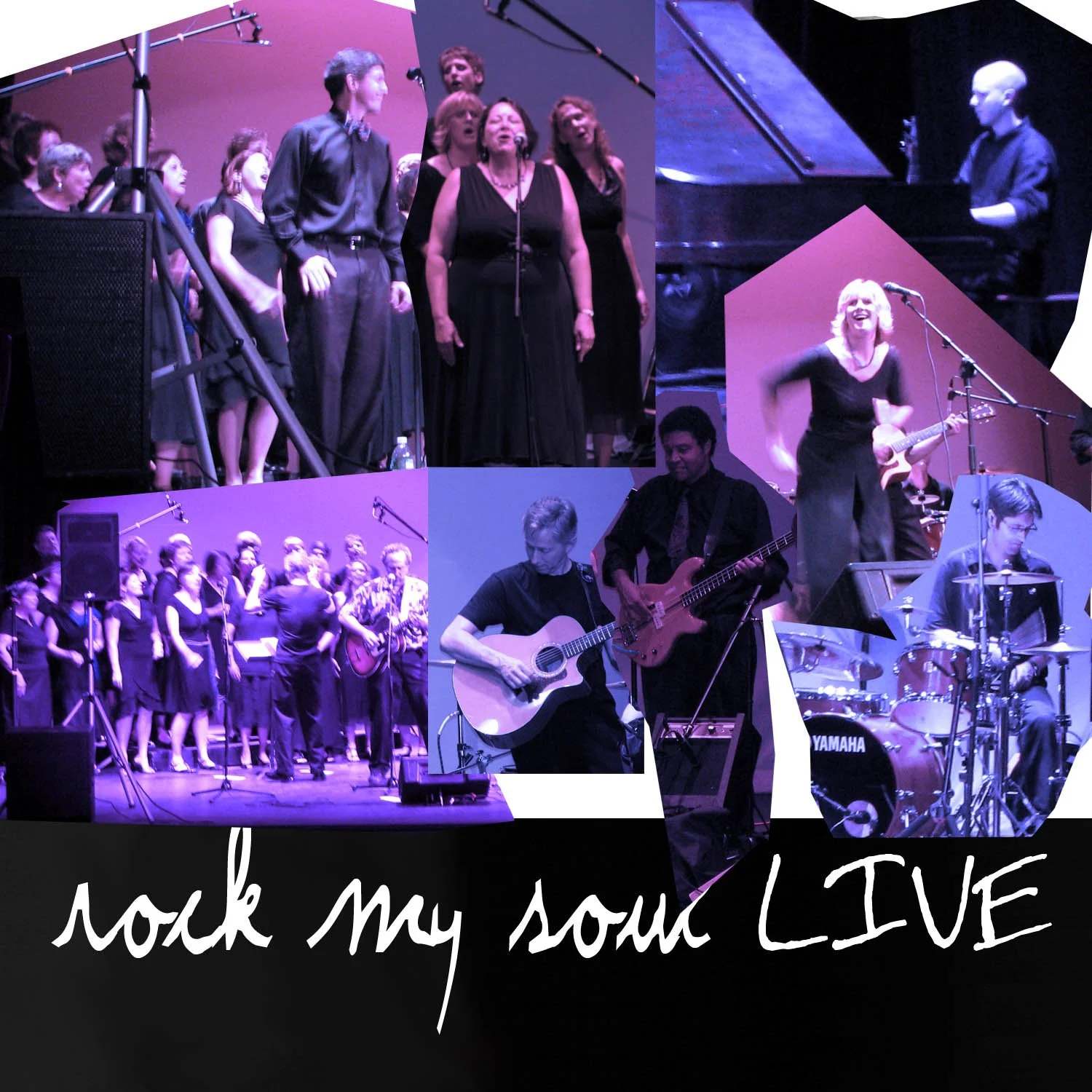
A brief history of
“the only music that originated in America:”
roots, blue, sprituals, jazz, soul, R&B

“Hallelujah!” “Yes, Lord!” “Sing it, sister!”
These are the shouts of joy that come from both singers and audiences who perform and listen to live gospel music. Blues comes from it. So do R & B and rock and roll. In fact, other than Native American music, gospel music (in particular, slave songs and Negro spirituals) is the original form of American folk music. No matter what style of gospel you prefer (gospel comes from three main traditions—Negro spirituals, black gospel, and white southern gospel), it’s experiencing a revival across the country.

Origins: Protestant Hymns and Negro Spirituals
Most people think of gospel music as a southern phenomenon, but according to Horace Clarence Boyer in The Golden Era of Gospel, its seeds actually sprouted in New England in 1734. It started with Rev. Jonathan Edwards, the New England preacher who launched a religious revival known as The Great Awakening. Traditional, slow, long-meter hymns didn’t work for his passionate services. More upbeat hymns with faster tempos were needed, began to surface, and were published. The fervent preaching style and impassioned music of the Great Awakening swept down the eastern coast and into the southern states, where enslaved African Americans who attended services with their owners saw similarities between their chains of bondage and those of Moses’ people.
The enslaved also linked the promise of an afterlife with earthly freedom. Since they were “allowed” to sing only about Christian ethics and ideals, they eventually turned the hymns they learned into their own form of religious folk music. These songs became known as Negro spirituals. Hidden in them was a secret code to give one another messages of hope and freedom. Canaan meant Canada, the land of freedom. Going up yonder meant going north. Moses was a name for Harriet Tubman, founder of the underground railroad. And Swing Low, Sweet Chariot was a song about taking that underground railroad north to freedom. (The swinging low of the sweet chariot is the rocking rhythm of a train.) In the midst of excruciatingly difficult lives, slaves used these songs to inspire inner strength and courage. By borrowing from Protestant hymns, reworking them, and then making up new melodies and harmonies, Negro spirituals became the first authentically American sacred music.

Black Gospel and Jubilee Quartets
Eventually the spirituals evolved into the ecstatic style of singing that was born in California Pentecostal churches. This in turn served as the foundation for black gospel, whose music was influenced by blues and early jazz. In this style, either the choir or the soloist repeats and/or answers the lyric just sung by the other, with the soloist improvising and embellishing. Male and female performers -- Rev. Thomas A. Dorsey, Rev. James Cleveland, Mahalia Jackson, the Clara Ward Singers, and others -- gained wide renown among both black and white audiences with this style.
After Emancipation, another form of gospel music known as the Jubilee Quartet took shape. Groups like The Blind Boys of Alabama and The Dixie Hummingbirds (who’ve been going since the 1950s) developed tight harmonies. They generally embrace one of three styles: “sweet” (softer vocals, understated rhythmic accentuation), “hard” (intense energy, exaggerated physical gestures), or “sweet and hard” (a combination).
As the years progressed, black gospel and black popular music influenced and borrowed from one another. This culminated in 1969 with “O Happy Day,” a 19th century Baptist hymn reworked by Edwin Hawkins. The song quickly climbed to number one on the Top Forty music chart and pushed gospel into the popular consciousness. After the 1970s, black gospel as a distinct form of its own ceased to develop.

White Southern Gospel
Another sub-genre is a style that borrows from bluegrass and country, and is distinguished by close harmony singing. It has become popular recently from the soundtrack from the film “O Brother, Where Art Thou.” This is white southern gospel.
Many white musicians gravitated toward country, folk, and old-timey music to express their spirituality beyond traditional Christian hymn singing. Southern gospel is a country music gospel form with emphasis on steel and rhythm guitars as its foundation. Southern gospel groups tend to use four-part harmony with a high tenor and baritone. The Happy Goodmans, The Speers, and Gold City are examples. Bluegrass gospel is naturally very similar to country gospel, sharing many of the same songs and the same basic attitude, but with harmonies pitched high and lonesome, faster tempos, and deft and intricate instrumental work.
